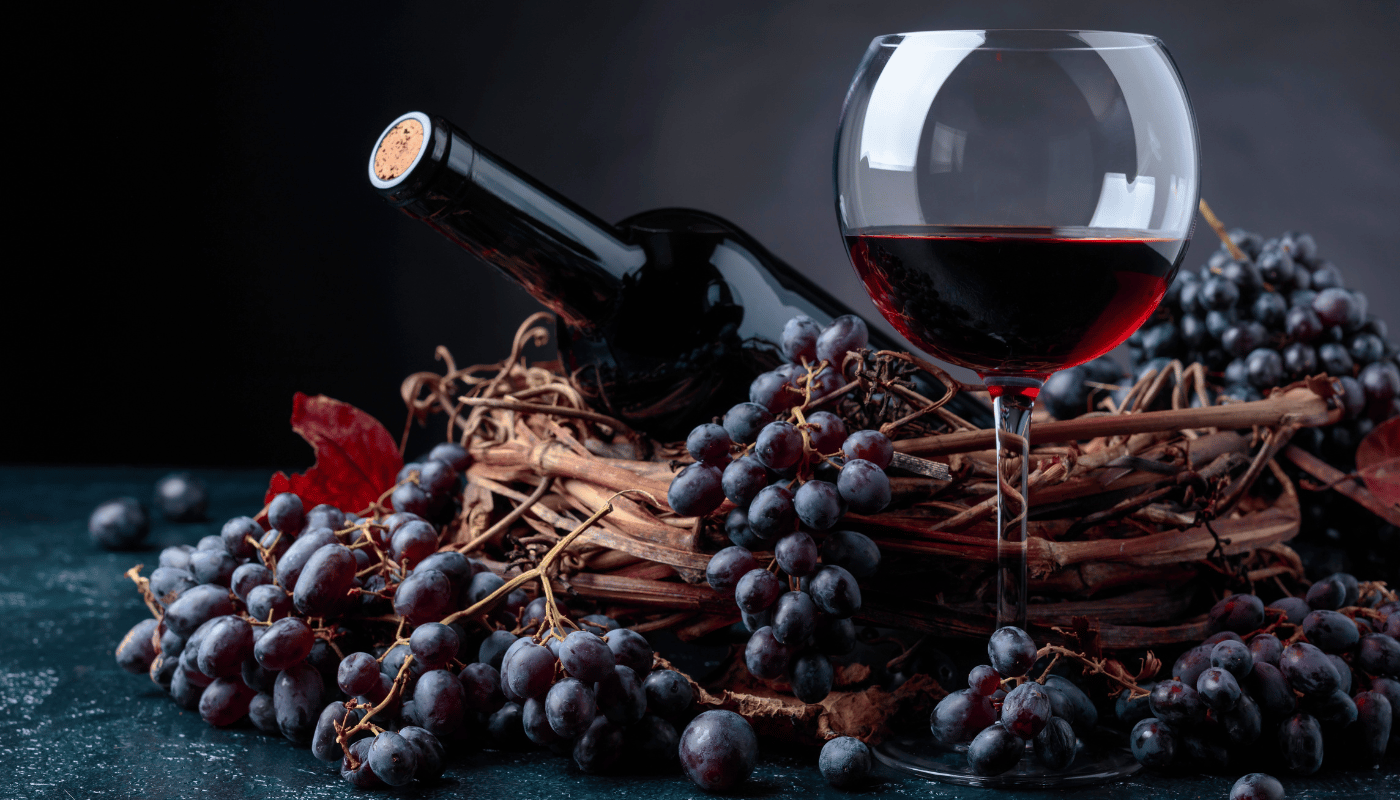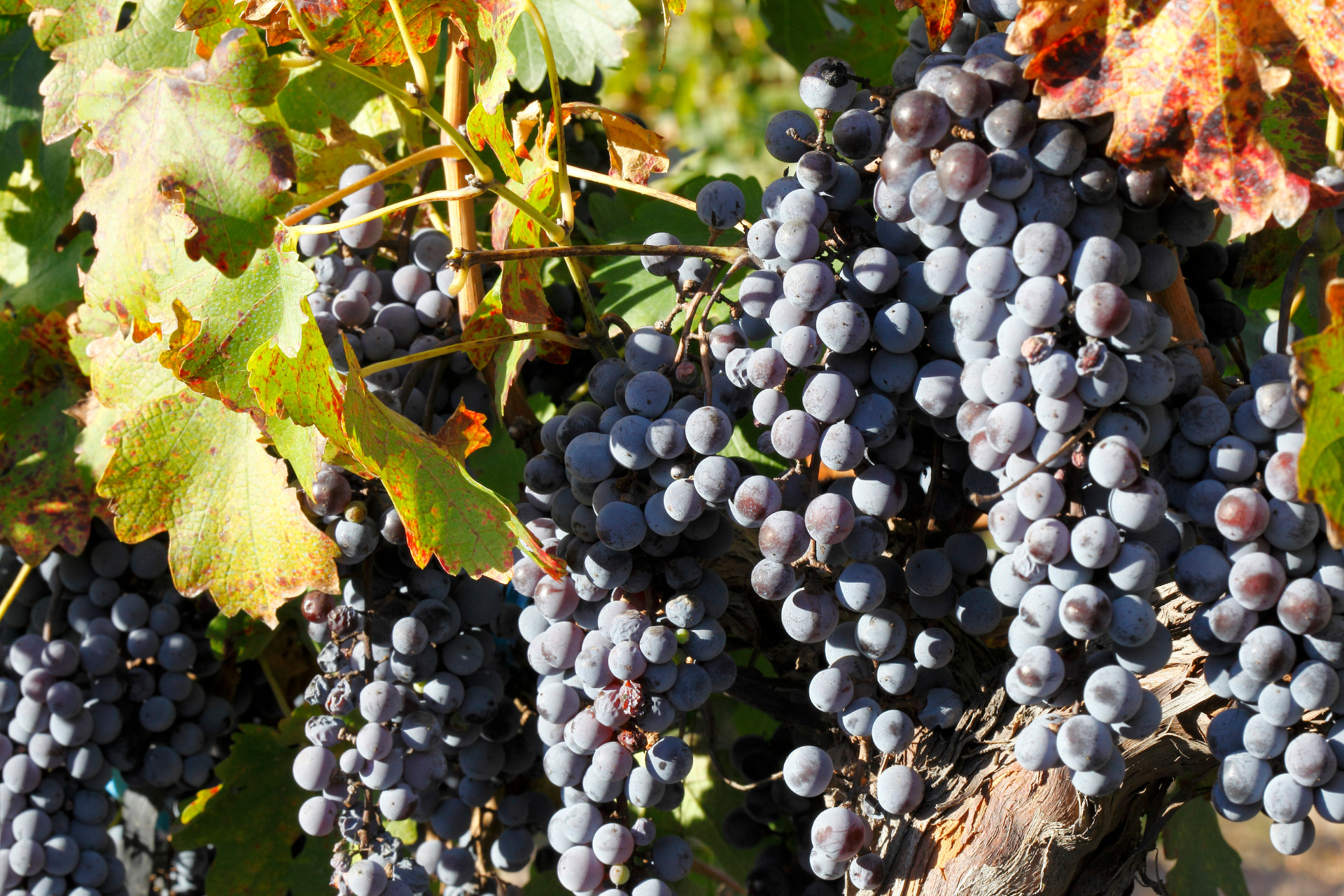Do Red Wines or White Wines Pair Better with Cheese?
Red Wines or White Wines? Which Pair Better with Cheese?

Wine and cheese have long been celebrated as the perfect pairing, but not all wine and cheese combinations are created equal.
A common belief is that red wine is the traditional partner for cheese, often based on the boldness and complexity of red wines.
However, this conventional wisdom doesn’t always hold true. In fact, white wines frequently outshine reds in their ability to complement a wide variety of cheeses, thanks to their acidity, freshness, and lighter body.
So, how do you determine whether red or white wine pairs better with a particular cheese?
Let's explore the nuances of wine and cheese pairings, we'll highlight how the characteristics of each wine type interact with different styles of cheese. By the end, you’ll have a deeper understanding of why white wines often take the lead and how to make informed pairing choices.

The Case for Red Wine with Cheese
Red wine is often seen as the default pairing for cheese, but its success depends on the type of cheese and the wine’s profile.
Here’s a closer look at why red wine works with certain cheeses:
1. Tannins and Hard Cheeses
The bold, structured nature of red wine, especially those with pronounced tannins (like Cabernet Sauvignon or Malbec), pairs well with firm, aged cheeses. These cheeses, such as Cheddar, Parmesan, or Pecorino, have intense flavours and a fat content that softens the tannins in red wine. This creates a smoother mouthfeel and balances the wine’s boldness.
2. Earthy and Pungent Flavours
Certain cheeses, such as aged Gouda or Gruyère, have earthy, nutty undertones that complement the depth and complexity of reds like Pinot Noir or Merlot. These wines have a softer tannic structure and fruity profiles that enhance the cheese’s flavours without overpowering them.
3. When Reds Fall Short
However, not all reds excel with cheese. High-tannin wines can clash with creamy or fresh cheeses, leaving a metallic or bitter aftertaste. The lack of acidity in many reds makes them less effective at cutting through the richness of soft cheeses, leaving the palate feeling heavy.
The Case for White Wine with Cheese
White wine often surprises people with its ability to pair exceptionally well with cheese.
Its acidity, freshness, and lighter body make it a versatile choice, particularly with cheeses that red wines struggle to complement.
1. Acidity Cuts Through Creaminess
Soft and creamy cheeses, such as Brie, Camembert, or Burrata, pair wonderfully with white wines due to their high acidity. A crisp Sauvignon Blanc or a sparkling wine like Champagne cleanses the palate and balances the richness of the cheese, enhancing its delicate flavours.
2. Sweetness Balances Saltiness
Sweet white wines like Riesling, Moscato, or Sauternes are a classic pairing with salty cheeses, such as Roquefort, Stilton, or Feta. The sweet-salty combination creates a harmonious balance, allowing the flavours of both the wine and the cheese to shine.
3. Freshness Enhances Delicate Flavors
Fresh cheeses like Goat Cheese, Ricotta, or Mozzarella are mild and tangy, making them ideal companions for aromatic white wines like Albariño or Grüner Veltliner. The wine’s freshness enhances the cheese’s natural flavours without overwhelming them.
4. When Whites Outperform Reds
White wines often pair better than reds with washed-rind cheeses (like Munster or Taleggio) and bloomy-rind cheeses (like Brie or Camembert). These cheeses have strong aromas and creamy textures that benefit from the refreshing and acidic qualities of white wines.
Understanding Flavour Profiles and Pairing Principles
To understand why red or white wine pairs better with specific cheeses, it’s important to consider the fundamental principles of wine and cheese pairing:
1. Matching Intensity
Pairing the intensity of the wine with the intensity of the cheese is critical.
For example:
- Light Cheeses: Fresh cheeses like Goat Cheese or Feta pair best with light-bodied wines like Sauvignon Blanc or Pinot Grigio.
- Bold Cheeses: Strong, aged cheeses like Blue Cheese or Gruyère need equally bold wines like Malbec or Port.
2. Balancing Acidity
Cheeses with high fat content require wines with enough acidity to cut through their richness.
White wines naturally have higher acidity than reds, making them better suited for creamy cheeses.
3. Considering Texture
Cheeses with a creamy texture (e.g., Brie, Camembert) pair well with wines that offer a refreshing contrast, like sparkling wines or unoaked whites. Conversely, firm cheeses (e.g., aged Cheddar, Gouda) can handle the tannic structure of red wines.
4. Sweetness vs. Saltiness
Sweet wines excel with salty cheeses because they create a balance of opposing flavors. This principle makes Sauternes and Roquefort a legendary pairing.
Pairing Guide: When to Choose Red or White Wine
Here’s a practical pairing guide for different cheese types and the wines that complement them best:
1. Soft Cheeses (e.g., Brie, Camembert, Burrata)
- Best with White Wine: Sparkling wine, Chardonnay, or Sauvignon Blanc. These wines cut through the creaminess and enhance the cheese’s subtle flavours.
- Why Red May Not Work: Red wine’s tannins can overpower the delicate texture and leave an unpleasant aftertaste.
2. Hard Cheeses (e.g., Cheddar, Parmesan, Manchego)
- Best with Red Wine: Cabernet Sauvignon, Merlot, or Malbec. The tannins in red wine complement the cheese’s firm texture and bold flavours.
- When White Works: Oaked Chardonnay or Viognier can pair well, especially with nutty, aged cheeses.
3. Blue Cheeses (e.g., Roquefort, Stilton, Gorgonzola)
- Best with White Wine: Sweet wines like Sauternes, Riesling, or Moscato create a sweet-salty balance.
- Why Red May Work: A rich, fruity red like Port or Zinfandel can also handle the intensity of blue cheeses.
4. Fresh Cheeses (e.g., Goat Cheese, Ricotta, Feta)
- Best with White Wine: Sauvignon Blanc, Albariño, or Pinot Grigio. These wines highlight the tangy, fresh flavours of the cheese.
- Why Red May Not Work: Red wine’s tannins can clash with the delicate texture and tanginess of fresh cheeses.
5. Washed-Rind Cheeses (e.g., Taleggio, Munster)
- Best with White Wine: Aromatic whites like Gewürztraminer or Viognier enhance the cheese’s funky, earthy flavours.
- Why Red May Struggle: Reds often amplify the cheese’s pungency, creating an overwhelming taste.

Common Myths About Wine and Cheese Pairing
Myth 1: Red Wine is Always the Best Choice
While red wine is traditional, it isn’t universally better. White wines are often more versatile, particularly with creamy or tangy cheeses.
Myth 2: Cheese Boards Require One Wine
A single wine rarely works for an entire cheese board. Offering both a red and a white wine ensures each cheese has a suitable pairing.
Myth 3: Sweet Wines Don’t Pair with Cheese
Sweet wines like Moscato or Riesling are excellent with salty or pungent cheeses, offering a delightful contrast.
Experimenting with Pairings: The Key to Success
The best way to discover whether red or white wine pairs better with cheese is to experiment.
Here are some tips:
Start with Classic Pairings: Begin with well-known combinations like Goat Cheese and Sauvignon Blanc or Blue Cheese and Port.
Consider Regional Pairings: Wines and cheeses from the same region often work well together, such as French Brie with Champagne or Italian Pecorino with Chianti.
Host a Tasting: Try a variety of wines with a selection of cheeses to find your personal favourites.

Conclusion: Red vs. White – Which Wins?
Ultimately, the choice between red and white wine depends on the type of cheese, the wine’s characteristics, and your personal preferences.
While red wines are excellent with bold, aged cheeses, white wines frequently outperform reds due to their acidity, sweetness, and freshness.
By understanding the principles of pairing and experimenting with different combinations, you can elevate the wine and cheese experience, creating perfect harmony between these two culinary delights.
Wine and Cheese Affair News


